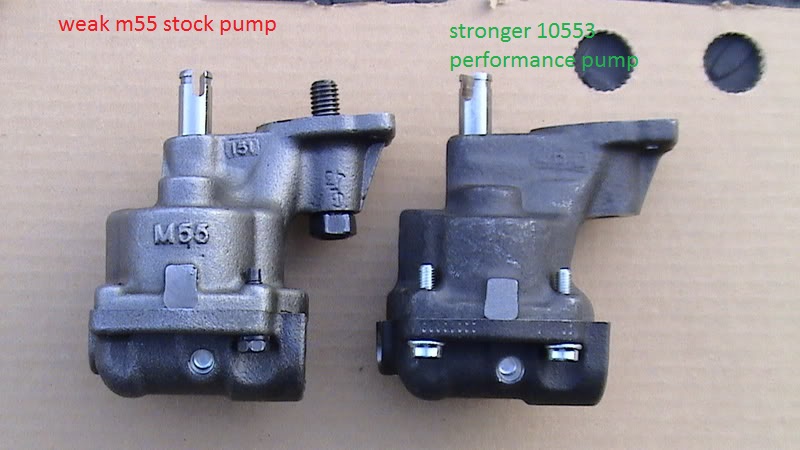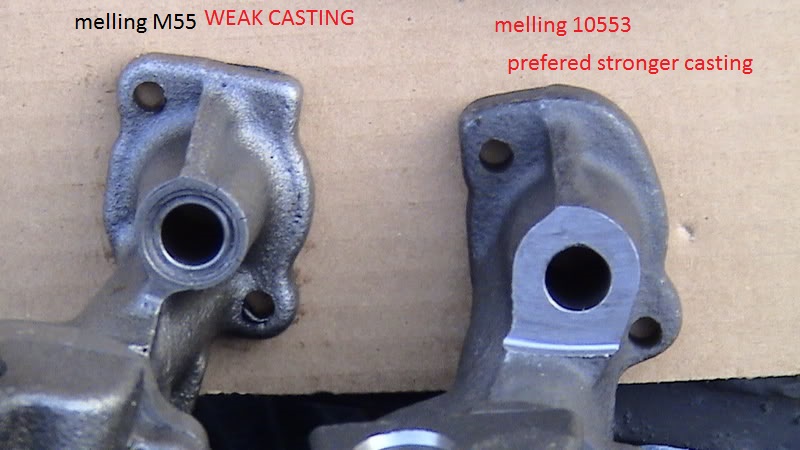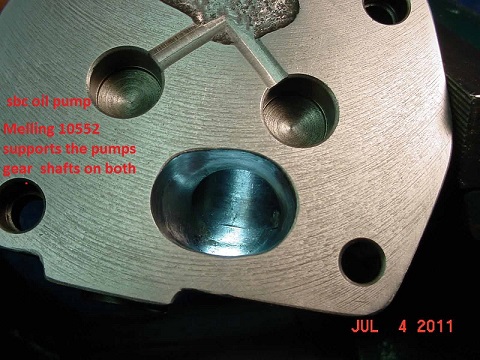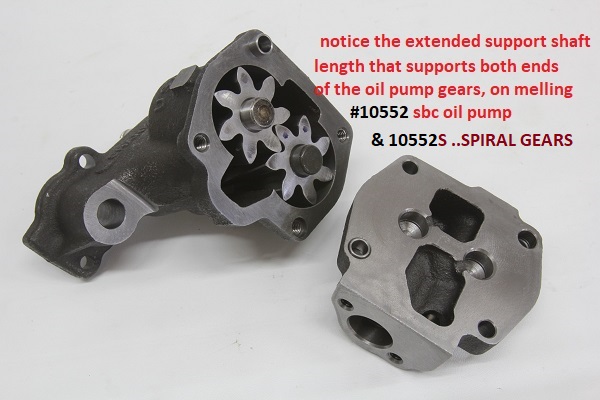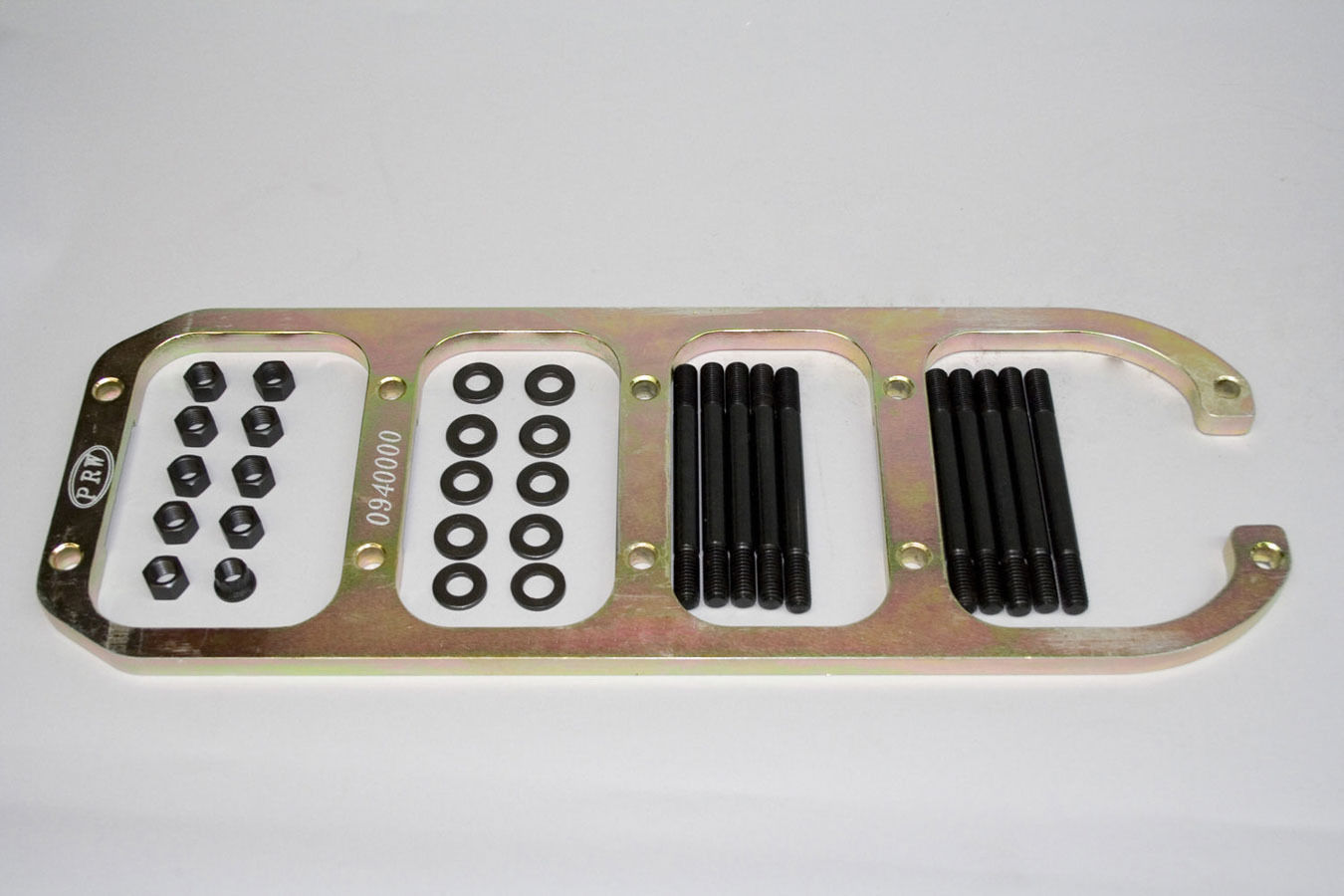that should not be an issue, but you should obviously ask before ordering
and if the oil pan drain plug opens by unscrewing it to the rear (UNCOMMON) you may need to weld up and re place the oil drain location to a new location on the oil pan sump.
notice the picture shows it drains to the side so your not dealing with that potential issue

and if the oil pan drain plug opens by unscrewing it to the rear (UNCOMMON) you may need to weld up and re place the oil drain location to a new location on the oil pan sump.
notice the picture shows it drains to the side so your not dealing with that potential issue
Last edited:


